About ISEA
| Institute of Systematics and Ecology of Animals of Siberian Branch of Russian Academy of Sciences (ISEA SB RAS)
is the only institute conducting zoological research beyond the Urals. ISEA was founded in 1944 in Novosibirsk.
It was the first academic center for biological research in Siberia. As of September 13, 2019, the Institute has 11 research groups that bring together 153 scientists, including 92 with a degree (PhD and DSc in Biology). |
 |
Main lines of research
- Structure and functional organization of animal populations and communities as a basis for sustainable existence and evolution of living systems
- Community ecology and biodiversity: systematics, inventory, monitoring and resource assessment of wildlife
Key research areas
|
|
Research Groups
Community Ethology Lab
Ecological Parasitology Lab
Ecological Physiology Lab
Ecology of Vertebrate Communities Lab
Insect Pathology Lab
Invertebrate Ecology Lab
Invertebrate Systematics Lab
Phylogeny and Faunogenesis Lab
Structure and Dynamics of Animal Populations Lab
Zoomonitoring Lab
Fish Research Group
Publications
According to the Web of Science database, over the past 25 years, ISEA has published 956 articles cited 5,096 times (as of September 13, 2019).
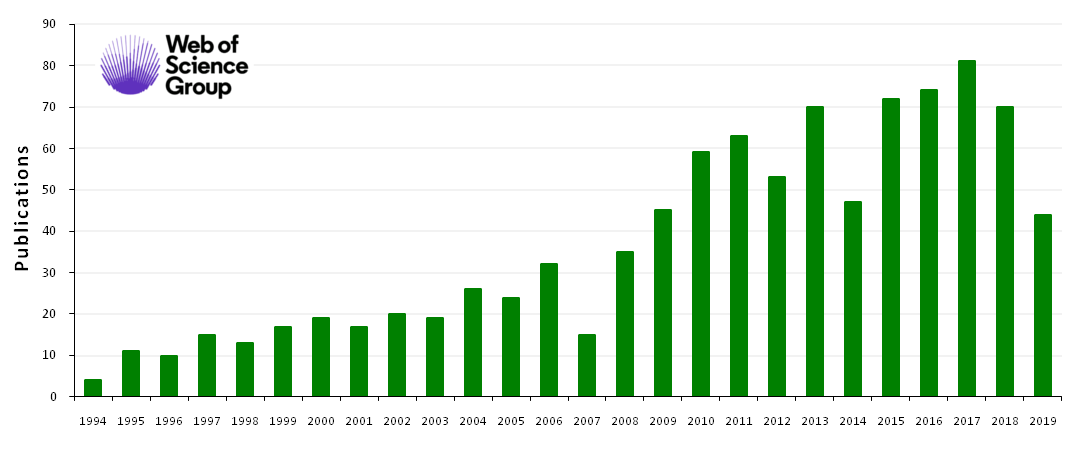

Eurîasian Entomological Journal
 |
Since 2002, ISEA and the Siberian Branch of the Russian Academy of Sciences have been publishing the Eurîasian Entomological Journal.
The open-access, peer-reviewed journal publishes original articles on all aspects of insects and other terrestrial arthropods. It emphasizes the morphology, systematics, zoogeography, evolution and development of insects, both recent and fossil, as well as plant protection problems. >>> Submit an article |
Ñooperation
ISEA cooperates with national and foreign universities and institutes in the form of joint projects and agreements, exchange of materials, internships, visits and joint publications.
National collaborators
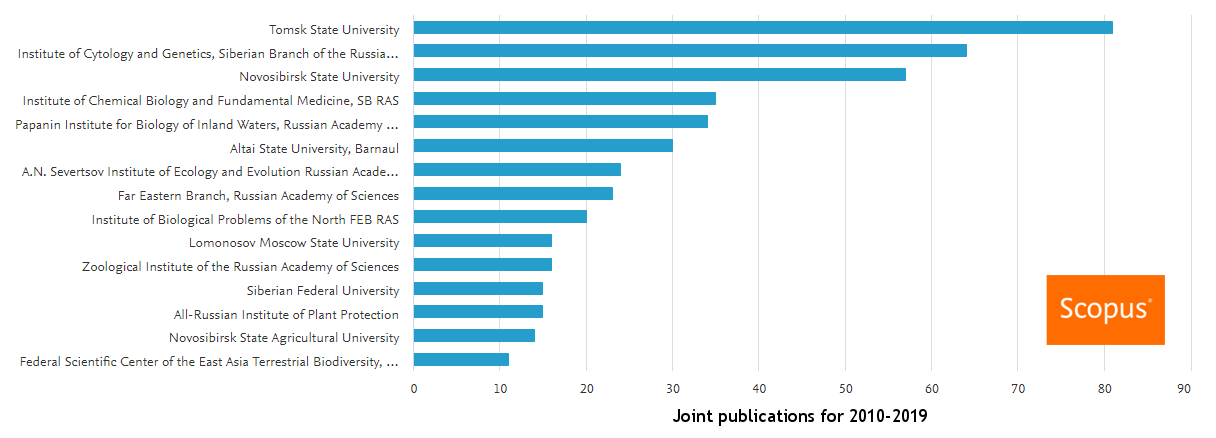
Foreign collaborators
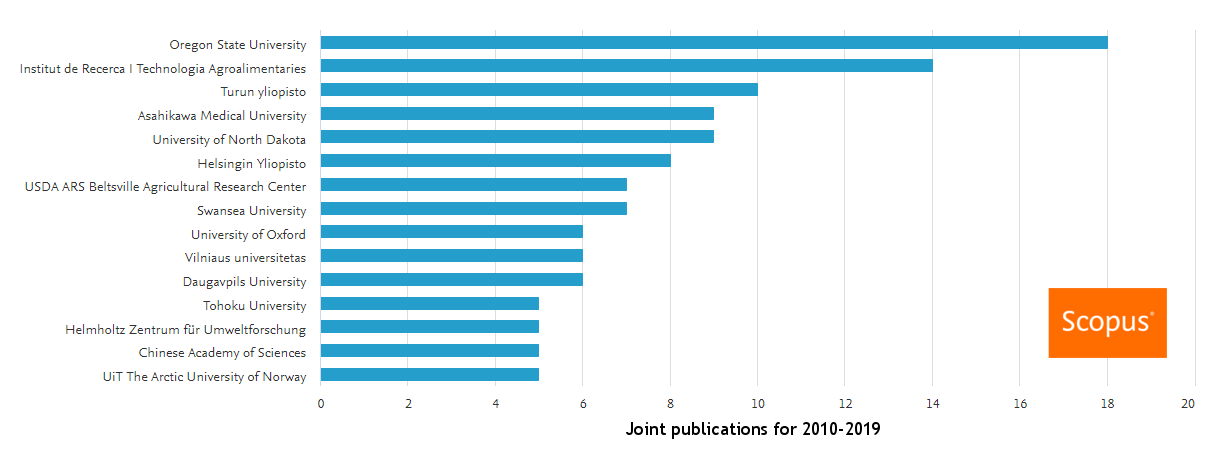
Education & Outreach
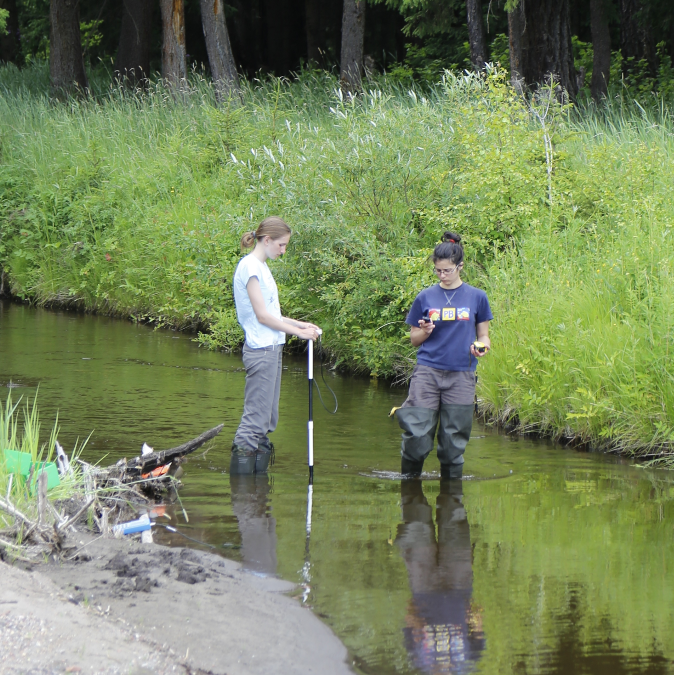 |
ISEA pays special attention to the training of young researchers. Students of national universities carry out their Bachelor's and Master's studies in the laboratories of ISEA. The researchers of the Institute give lectures and organize summer internships for students of biological departments. |
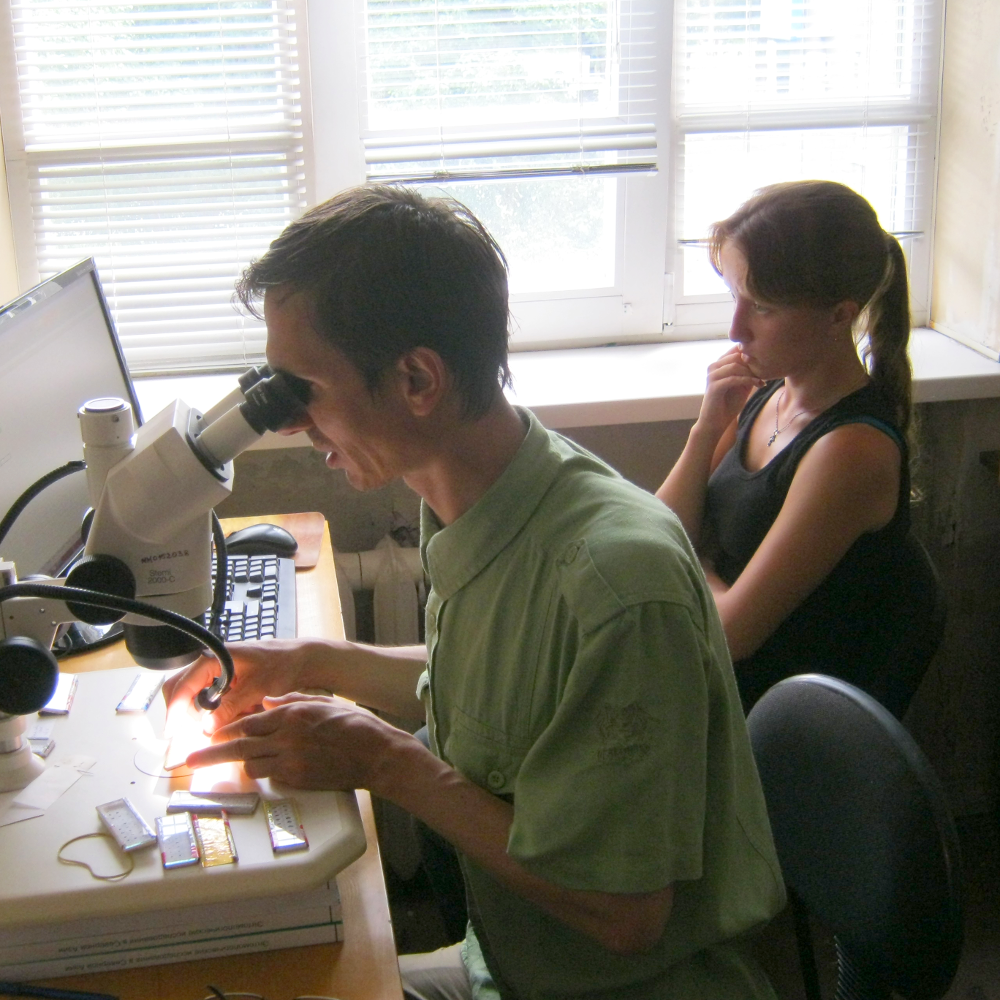 |
The Institute has PhD programmes in zoology and entomology. In 2015-2019, 4 DSc and 16 PhD were defended at the Dissertation Council of ISEA. |
 |
More than 20 excursions a year are organized for citizens, schoolchildren and students to introduce them to laboratories, open expositions and collections of the Zoological Museum. |
Ñonferences
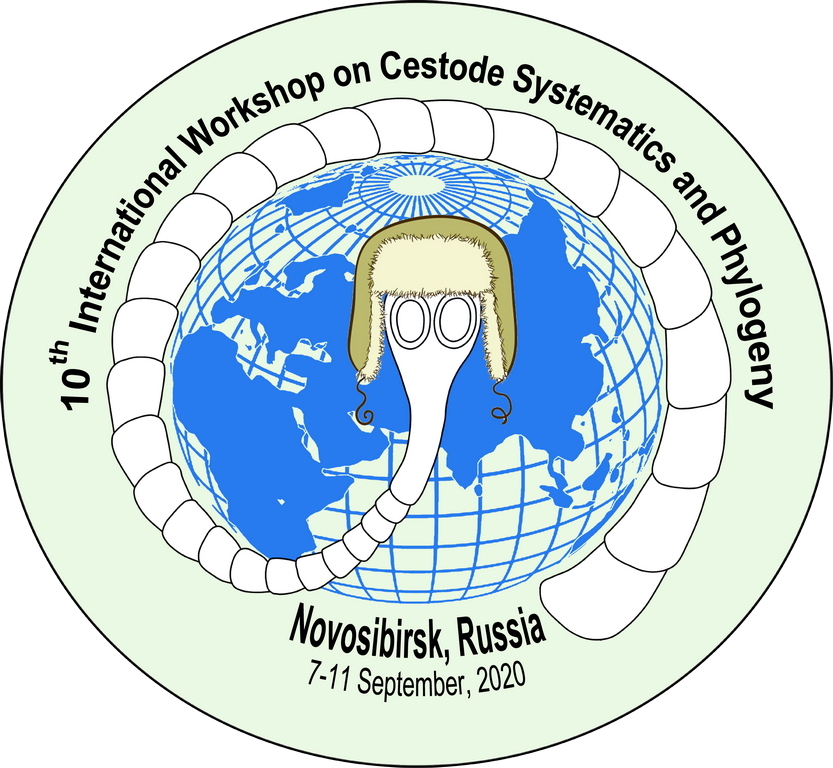
The 10th International Workshop on Cestode Systematics and Phylogeny is postponed to 2021. Registration for the event and abstract submission are currently unavailable. The time and place of the next Workshop will be announced later.
